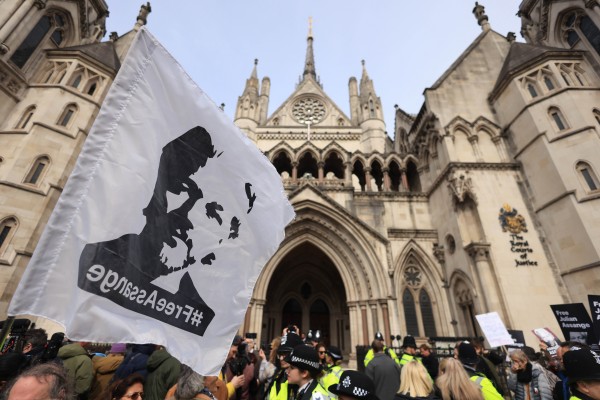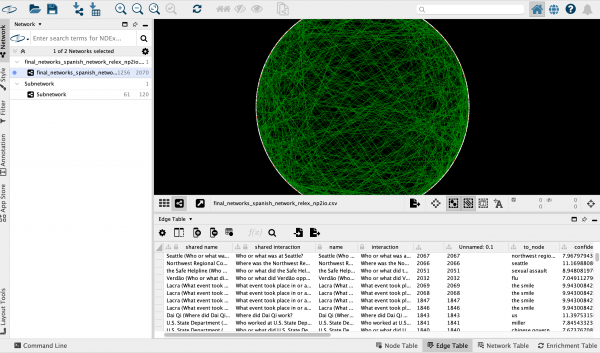The IPI global network today condemned the attack on journalist José Ignacio Santiago on January 26 in the Mexican state of Oaxaca. This comes after the murders of three journalists since Jan. 10, two of which occurred within the span of a week. Authorities must greatly increase the protection of journalists across the entire country amid an extreme level of risk.
On January 26, journalist José Ignacio Santiago narrowly escaped a car carrying armed assailants when it tried cutting his vehicle off the highway, according to reports by media outlets. The human rights department in Oaxaca confirmed that the assailants opened fire when they saw his car was escaping. He was not injured.
Santiago said the only reason he escaped was because he was accompanied by two bodyguards assigned to him under a government protection program after he was abducted by a gang in 2017, according to the Associated Press.
Santiago told the AP that the motivation may have come from his reporting in a remote Triqui indigenous area where gangs battle for control. According to IPI’s analysis, journalists who research local politics and crime are at the highest risk of being targeted.
This attack follows the murders of three journalists just in the past month: Lourdes Maldonado López on Jan. 23, Margarito Martínez on Jan. 17, and José Luis Gamboa on Jan. 10. Nationwide demonstrations were held by press groups on Jan. 25 to protest the murders.
Mexico ranked as the deadliest country for journalists in 2021, with seven journalists killed, according to IPI’s Death Watch. All cases were targeted killings. Out of those seven cases, the Mexican authorities only arrested suspects in one. Impunity remains endemic, with the vast majority of journalist murders going unsolved.



